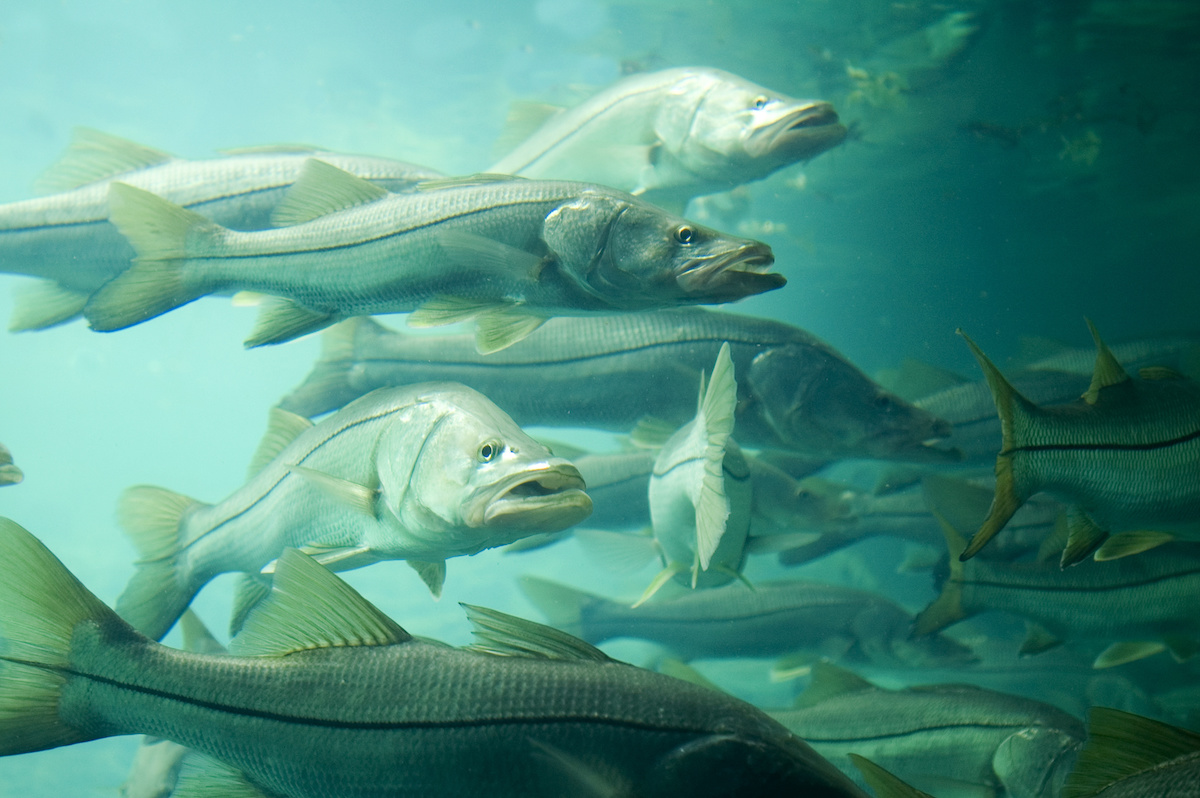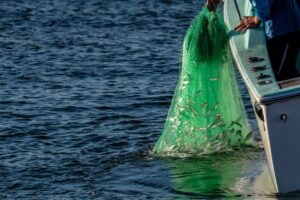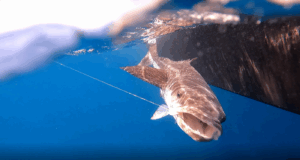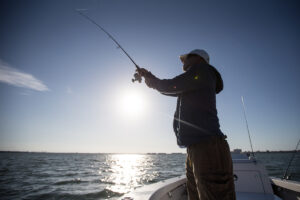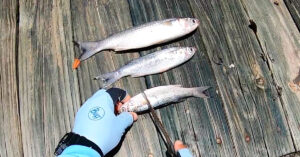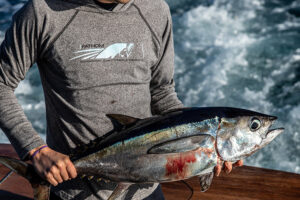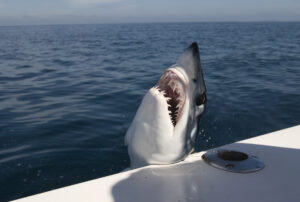Snook are among the most prized game fish in coastal waters. Known for their aggressive strikes, hard runs, and acrobatic fights, they attract anglers from all skill levels. One key to consistent snook success is using the right lure for the right conditions. Whether you’re fishing mangroves, beaches, inlets, or bridges, having the right selection in your tackle box makes all the difference.
Here’s a breakdown of the best lures for snook fishing and when to use them.
1. Soft Plastic Jerkbaits
Why it works: Soft plastic jerkbaits mimic injured baitfish, which snook love. These lures are deadly in shallow water, around mangroves, or flats.
How to use: Rig it weedless or on a jig head and twitch it erratically near structure or across potholes. Pause often — snook often hit on the fall.
Best conditions: Calm, clear water; sight-fishing situations.
2. Topwater Plugs
Why it works: Snook are ambush predators, and topwater lures trigger explosive strikes, especially early morning or late evening.
How to use: Walk-the-dog style lures like the Heddon Super Spook or Rapala Skitter Walk are great. Retrieve in a steady cadence, and pause occasionally to entice strikes.
Best conditions: Low-light periods; warm water; flats, mangrove edges, and beaches.
3. Swimbaits
Why it works: Swimbaits offer a realistic profile and swimming motion, making them ideal when snook are keyed in on baitfish like mullet or pilchards.
How to use: Slow and steady retrieves work best. Paddle-tail styles like the Z-Man DieZel MinnowZ are tough and lifelike.
Best conditions: Murky water or when fishing moving tides near bridges and current breaks.
4. Suspending Twitchbaits
Why it works: These lures stay in the strike zone longer, great for targeting lethargic or pressured snook.
How to use: Cast near structure and use a twitch-pause-twitch retrieve. Lures like the MirrOlure MirrOdine or Rapala X-Rap are staples.
Best conditions: Cooler months or deeper mangrove pockets where snook sit suspended.
5. Bucktail Jigs
Why it works: A classic and incredibly versatile lure, bucktail jigs can mimic shrimp or baitfish depending on how they’re worked.
How to use: Bounce along the bottom or swim just above structure. Ideal for inlets, under bridges, or at night.
Best conditions: Strong currents, night fishing, or deeper water structure.
6. Poppers
Why it works: Great for aggressive, surface-feeding snook, especially during bait runs.
How to use: Use short, sharp pops to create noise and commotion. Works well near schools of baitfish on the beach or in back bays.
Best conditions: Dawn/dusk, overcast days, and mullet runs.
Pro Tips for Snook Lure Fishing
- Use fluorocarbon leader — Snook have sharp gill plates that can cut braid easily.
- Pay attention to tides — Moving water is key to finding feeding snook.
- Match the hatch — Observe local bait and choose lures accordingly in both size and color.
- Be stealthy — Snook can be skittish in clear water; cast from a distance.
Final Thoughts
Catching snook consistently means understanding their feeding behavior and selecting the right lure for the situation. From topwaters at dawn to jigs at night, having a diverse arsenal helps you adapt to changing conditions and stay in the action. Experiment with retrieval styles, and always keep an eye on the tide and bait activity — the snook won’t be far behind.

